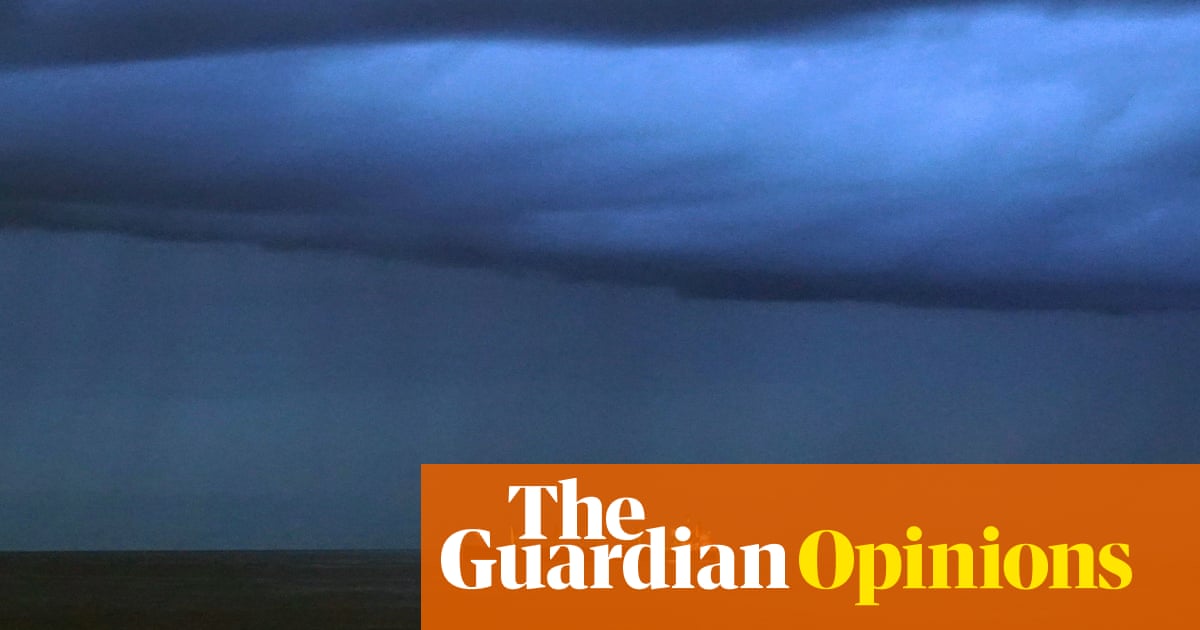Is a US recession on the horizon amid Trump’s tariffs?

Imagine you are sailing a ship through dense fog, looking out for land. Your lookout spots species of birds typically found offshore. It now seems likely that you are approaching land, but it is impossible to know for sure until you see the coastline. If a US recession is land, the “birds” are already swooping into view. But these sightings offer no guarantees of what lies ahead, only probabilities. An inverted yield curve, when the long-term interest rate falls to or below the short-term rate, is commonly considered to be a predictor of recession. The 10-year bond rate did fall below the three-month Treasury rate in March, although the two are now at about the same level. In any case, the yield curve does not actually tell us much. It simply reflects financial market expectations that the US Federal Reserve might cut short-term interest rates in the future, which in turn reflects expectations that economic activity might falter. Consumer confidence is a more direct indicator – particularly for predicting household demand. Two long-established measures of consumer confidence, conducted by the University of Michigan and the Conference Board, showed sharp declines in March, when Donald Trump’s tariff threats began to materialise. The Michigan survey’s index of consumer sentiment, which has been falling since the start of the year, plummeted another 11% on 11 April – well below the average in past recessions and the second-lowest level since records began in 1952. The Federal Reserve Bank of New York’s survey of consumer expectations likewise reports that households’ year-ahead expectations about their financial situations deteriorated in March. Similarly, business confidence – which guides firms’ hiring and investment decisions – “collapsed” on 4 April, not only in the US but globally, owing to uncertainty over Trump’s “reciprocal” tariffs. In seeking to determine whether a recession is imminent, one might also look to professional forecasts, about 50 of which are aggregated by the Blue Chip Financial Forecasts. Two other sources that aggregate forecasts are the Survey of Professional Forecasters and the Wall Street Journal. On 17 April, the latter showed a mean forecast of 0.44% annualised for the first quarter, and much higher recession probabilities than at the start of the year. But the WSJ and SPF surveys are published only once a quarter and can become stale rapidly. In any case, what people say may be less meaningful than where they put their money. Prediction markets tripled the odds they placed on recession after 3 March, when Trump applied 25% tariffs against Canada and Mexico, and 2 April, when he announced his “reciprocal tariffs.” As of 19 April, Polymarket shows a 57% chance of recession in the coming year, and Kalshi comes in at 59% – about four times the level in a normal year (15%). If I had to look at only one type of estimate, it would probably be the prediction markets. Forecasting a possible recession is one thing; identifying when one has already begun is another Forecasting a possible recession is one thing; identifying when one has already begun is another. Rather than telegraphing a downturn before it happens, the Sahm rule recession indicator says that the economy is in recession if a three-month moving average of the unemployment rate rises by at least 0.5 percentage points, relative to its lowest point from the previous 12 months. For now, the indicator does not signal a recession: unemployment remains low by historical standards. But firms sometimes hold off on the decision to lay off workers in response to falling demand, especially in times of heightened uncertainty such as now, until after they have accumulated some unwanted inventory, and/or cut back on their output and workers’ weekly hours. A number of other early measures of actual economic activity can help us identify a recession. Purchasing managers’ indices (PMI) survey private sector firms to learn, for example, whether they have seen new orders rise or fall over the preceding month. The Institute for Supply Management’s US manufacturing PMI fell to 49 in March. Readings below 50 indicate contraction. The Census Bureau’s retail sales data – the earliest data on household consumption to become available – are also revealing, since private consumption accounts for nearly two-thirds of US GDP. The March report indicated continued growth, albeit driven largely by elevated motor vehicle sales to consumers who were trying to get ahead of impending tariffs. Of course, the criterion that comes closest to defining a recession is a period of negative GDP growth (in most countries, lasting two consecutive quarters). But GDP is reported only quarterly, with a substantial lag (and it is often revised later). So, “nowcasts” have emerged to provide real-time estimates of GDP, based on the most up-to-date relevant indicators, such as the PMI, industrial production, and retail sales. The estimate of first-quarter GDP growth by the most prominent US nowcast, the Atlanta Fed’s GDPNow, fell off a cliff at the end of February, from above +2% to below -2%. Even after adjusting for an unusual increase in gold imports, GDPNow shows a fall in growth to slightly below zero in April. Whereas the birds that augur a recession offer no guarantees, the nowcast indicators can suggest that we may have arrived there. They can thus be thought of as clusters of rocks or shoals. But even then, they may or may not be attached to a larger landmass. In fact, even while the recession is under way, we do not know for sure that this is what we are experiencing. skip past newsletter promotion Sign up to Business Today Free daily newsletter Get set for the working day – we'll point you to all the business news and analysis you need every morning Enter your email address Sign up Privacy Notice: Newsletters may contain info about charities, online ads, and content funded by outside parties. For more information see our Newsletters may contain info about charities, online ads, and content funded by outside parties. For more information see our Privacy Policy . We use Google reCaptcha to protect our website and the Google Privacy Policy and Terms of Service apply. after newsletter promotion The official arbiter of US recessions is the National Bureau of Economic Research’s Business Cycle Dating Committee, which looks at variables like gross domestic output, real personal income (excluding social transfers), nonfarm payroll employment, real personal consumption expenditure, manufacturing and trade sales (adjusted for price changes), and industrial production. Only when all the data is in – typically a year or so after the fact – does the committee declare a turning point. This does not help the sailor who is navigating through fog. Based on current information, I would put the odds of a US recession as high as 60% for the coming year – in line with prediction markets – and even higher for the next four years. While nothing is certain, we should not be surprised if we run aground. Jeffrey Frankel is a professor of capital formation and growth at Harvard University. He served as a member of President Bill Clinton’s Council of Economic Advisers. © Project Syndicate


















